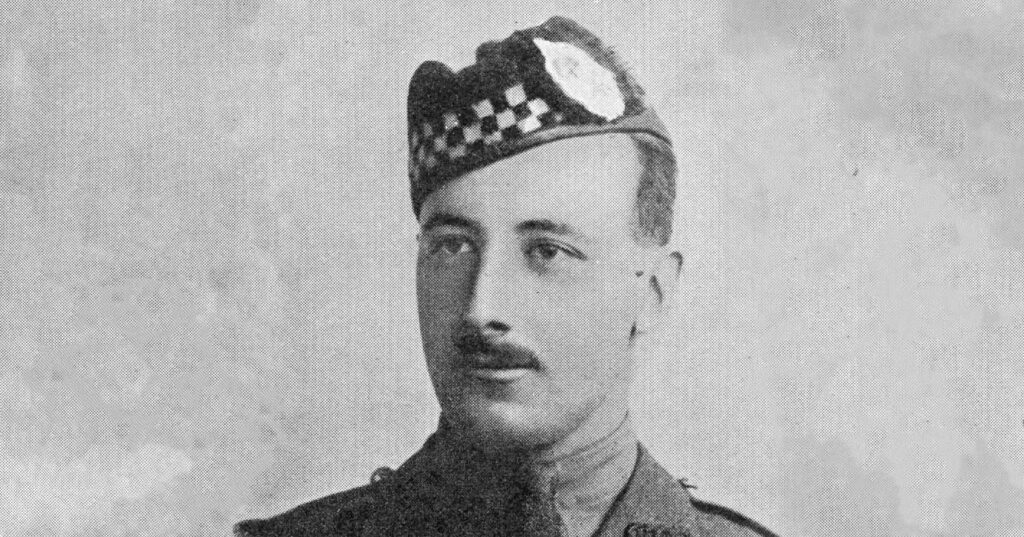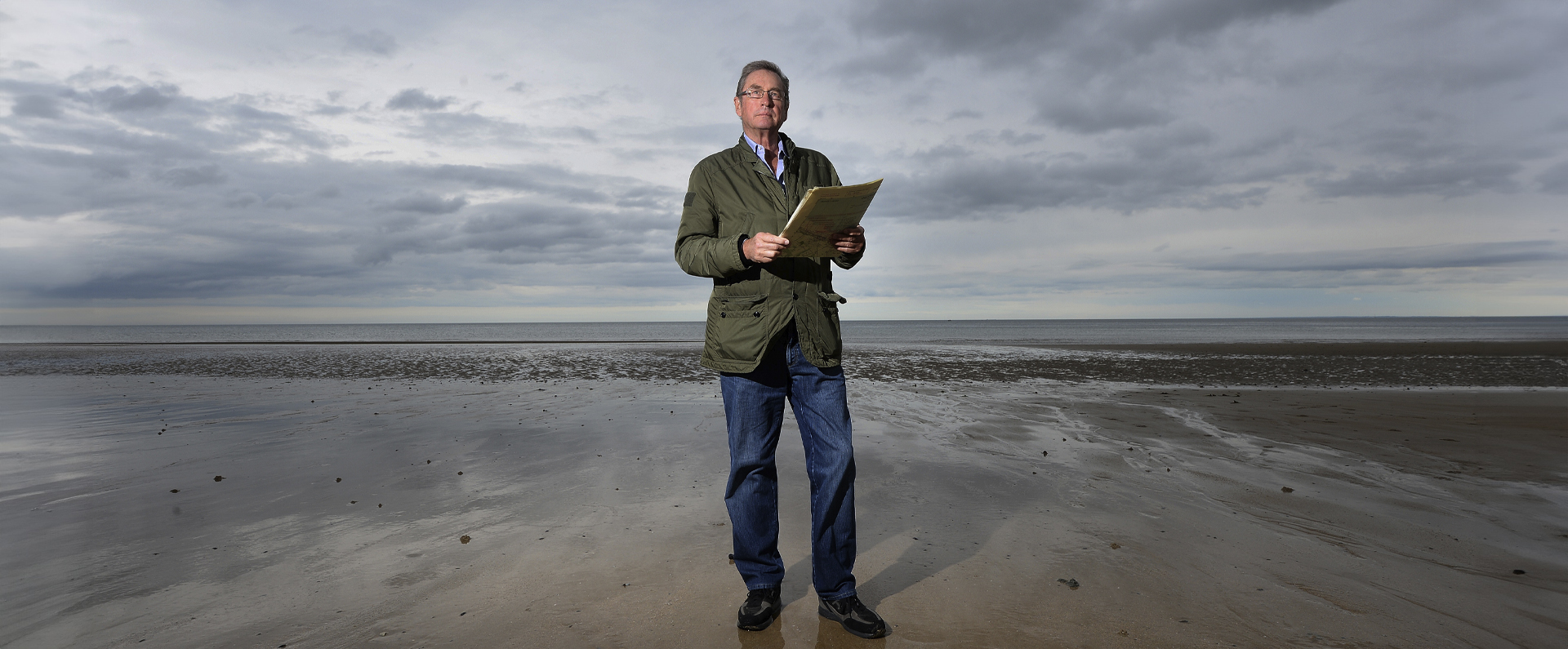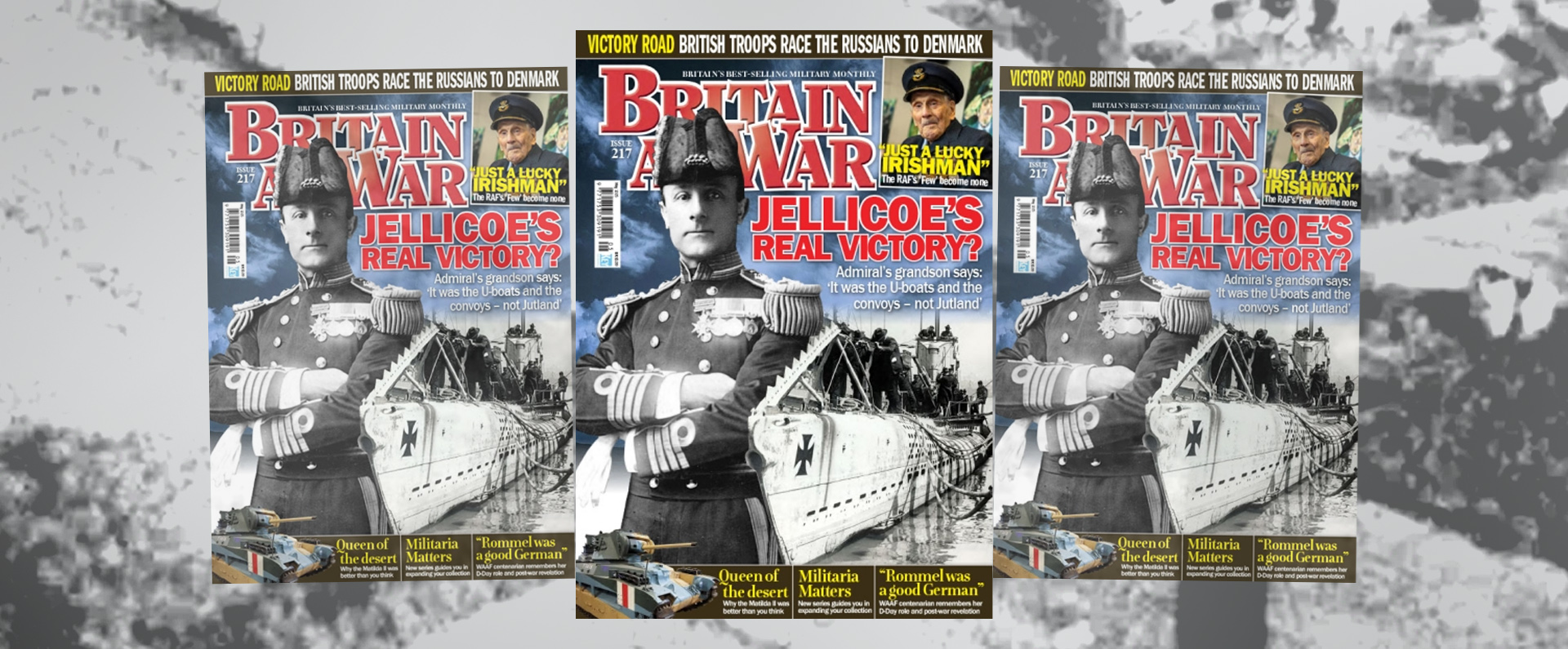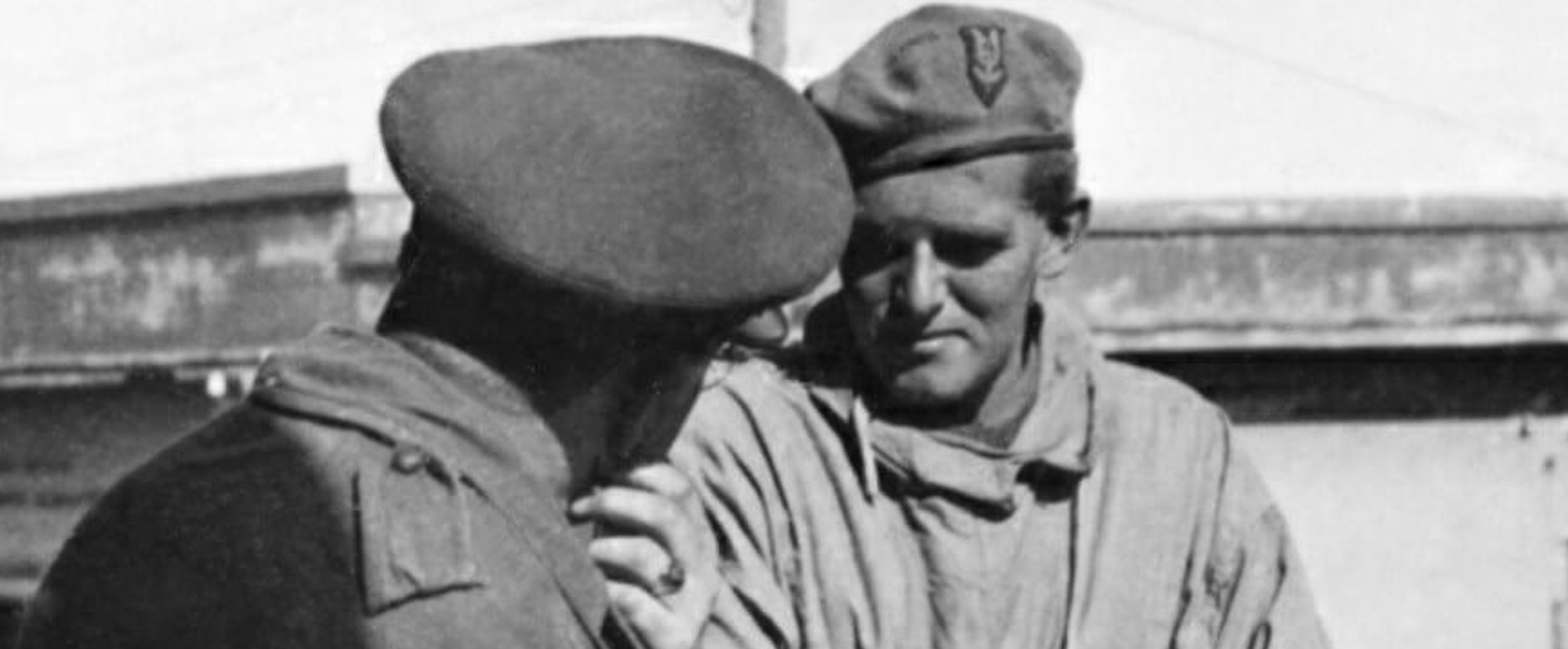
Published in Britain at War in July 2017.
Acting Captain Arthur Henderson VC, MC: leadership
Arthur Henderson was born in Paisley, Scotland, on 6 May 1893. He was the son George Henderson, OBE, a builder, magistrate and town councilor, and his wife Elizabeth (née Purdey). He was educated at John Neilson Institute in Paisley, before embarking on a career as an accountant and stockbroker with R Easton & Co, of Glasgow. He was also a fine cricketer, batting with distinction for Ferguslie Cricket Club.
After the outbreak of the Great War in August 1914, Henderson, then 21, immediately enlisted as a private in the 4th Battalion, Argyll and Sutherland Highlanders (A&SH). In April 2015, he was commissioned second lieutenant in the Special Reserve of Officers (SRO) and he went to France that October where he was attached to the 2nd Battalion, A&SH. On 19 August 1916, he was appointed acting captain, having distinguished himself with his bravery on the Somme. Indeed for his courage in July 1916 in helping to repel a German attack, Henderson was awarded the MC. This award was gazette on 10 January 1917 when his citation stated: “He led his company in the attack with great courage and determination, advancing our lines and consolidating the position with great skill. He had previously done fine work.”
Henderson was awarded his VC for his gallantry on 23 April 1917 at Fontaine–lès-Croisilles, south east of Arras, while still attached to the 2nd Battalion of his regiment. On that date, British forces advanced against the Hindenburg Line, along a nine-mile front. While the Yorkshire Regiment concentrated their assault on the enemy near Wancourt, the 2nd Battalion, A&SH, focused their attack a mile or so south-east of Wancourt at Fontaine–lès-Croisilles.
Henderson’s VC was announced on 5 July 1917 when his citation stated:
“For most conspicuous bravery.
“During an attack on the enemy trenches this officer, although almost immediately wounded in the left arm, led his Company through the front enemy line until he gained his final objective.
“He then proceeded to consolidate his position, which, owing to heavy gun and machine gun fire and bombing attacks, was in danger of being isolated.
“By his cheerful courage and coolness he was enabled to maintain the spirit of his men under most trying conditions.
“Captain Henderson was killed after he had successfully accomplished his task.”
Henderson, who was unmarried, had died, aged 23. He had been at the forefront of the battle and the party under his command had suffered heavy casualties. They had not only found themselves under a heavy enemy fire but they were also attacked from the rear as well.
Despite being wounded in the left arm early on 23 April, Henderson had helped his men hold their position and kill many enemy soldiers. In addition, he led a bayonet charge, aided by three of his men, against a “large body” of German soldiers.
The next morning it became apparent that Henderson and his men had held their position despite being isolated and up against a far larger enemy force, which by then had withdrawn. However, Henderson was apparently shot and killed as he tended to his injured men that morning.
His death resulted in a terrible double blow for Henderson’s parents, for they had lost a second son earlier in the Battle of Arras. George Henderson Jnr, Arthur’s sibling, had emigrated to British Columbia before the Great War to work as an engineer on the Canadian North Pacific Railway. However, after the outbreak of the First World War, he enlisted as a private with the 2nd Canadian Mounted Rifles. Private George Henderson was killed in action on 9 April 1917, during the first day of the Battle of Arras.
George Henderson Snr received Arthur Henderson’s VC and earlier MC from George V at an investiture at Buckingham Palace on 21 July 1917.
After the Great War ended, the John Neilson Institute, which both Henderson brothers had attended, erected a memorial to those former pupils who had been killed in the conflict. The school also had a Book of Remembrance that listed some 700 names of staff and former pupils who had fought in the 1914-18 war, including the 100 men who had lost their lives.
Later the institute was renamed and, in 1969, it closed and merged with another school. At this point, its war memorial and Book of Remembrance were transferred to Paisley Abbey, where they are still located. Arthur Henderson’s name is also on a memorial at Ferguslie Cricket Club, Paisley.
While researching his book VCs of the First World War: Arras and Messines 1917, Gerald Gliddon, the historian, visited Paisley several years ago. There he met Manan Smith, who had been given a gold necklace by her grandmother. The author believed that her grandmother had been Henderson’s fiancée and that the necklace was his last gift to her before he died.
One thing is certain: Arthur Henderson was a wonderfully brave man and his death caused much distress. As a fellow officer later noted: “His conduct and courage on the 23rd would entitle him to higher honour if that was possible. He has won imperishable fame.”
I am proud to be the custodian of Arthur Henderson’s medal group, which I purchased at a Christie’s auction in London in 1990.
Download a PDF of the original Britain at War
For more information, visit:
LordAshcroftOnBravery.com


